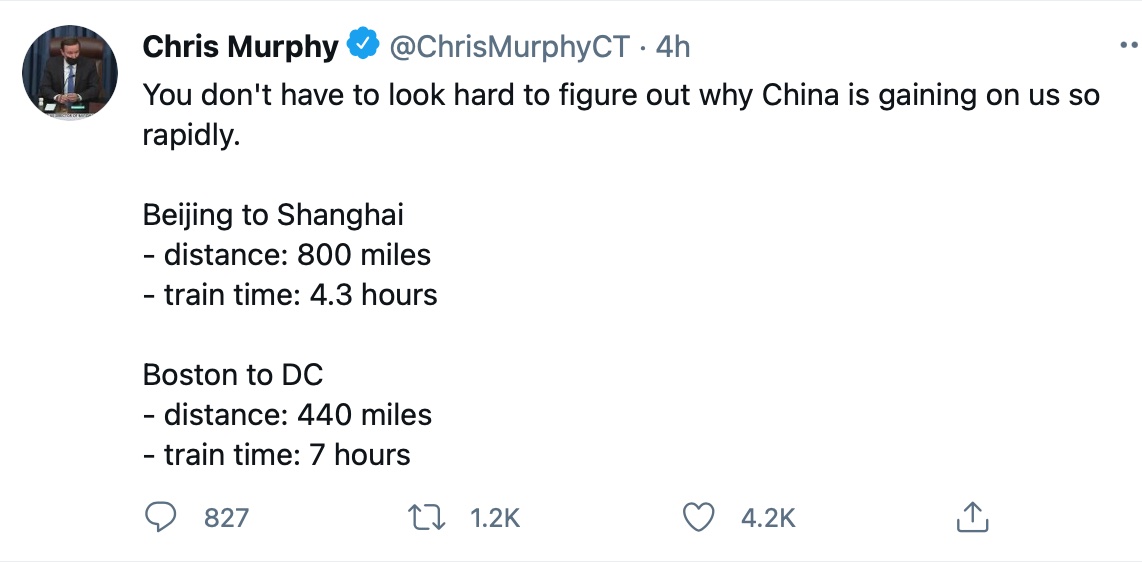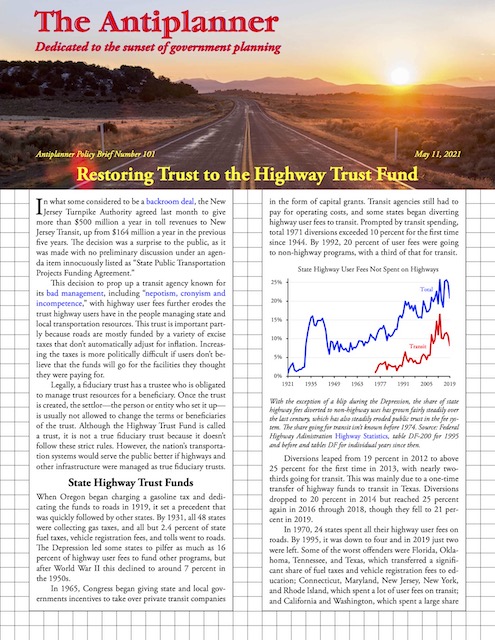The North Carolina Department of Transportation (NCDOT) is not the worst state transportation department in the country, but neither is it the best. In 1921, North Carolina was one of the first states to impose a tax on gasoline and dedicate it to roads. It held to the user-pay principle for more than 60 years, but in 1984 it began diverting some of those fuel taxes to transit.
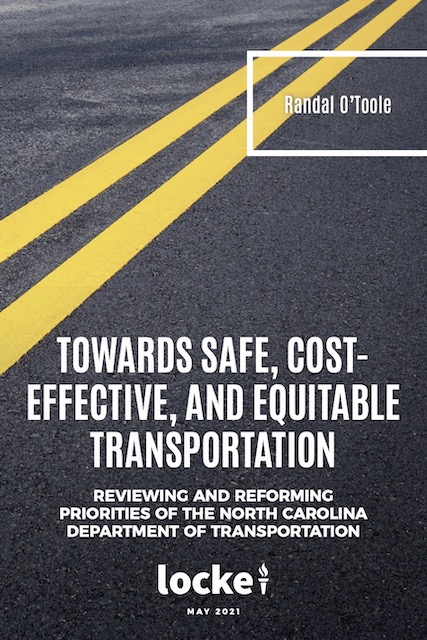 Click image to download an 11.5-MB PDF of this 108-page report.
Click image to download an 11.5-MB PDF of this 108-page report.
Today, about 6 percent of NCDOT’s budget, which nearly all comes from highway user fees, gets spent subsidizing transit, Amtrak trains, and state-owned non-commercial airports. That doesn’t sound like very much, but the state is under pressure to increase that percentage. Continue reading

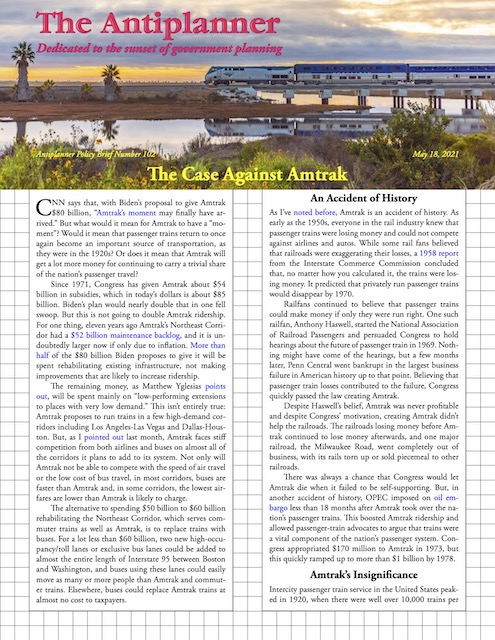
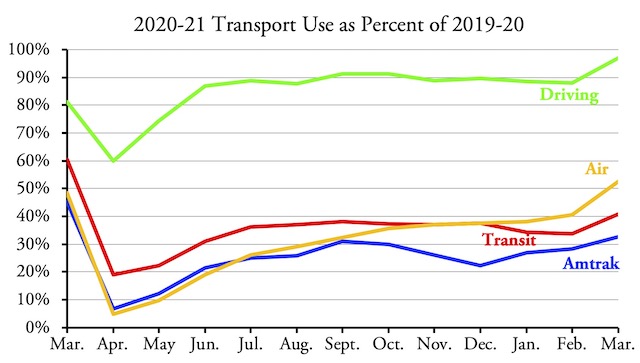
 Wheels that are too narrow will slip off tracks at joints like these, known as “frogs.”
Wheels that are too narrow will slip off tracks at joints like these, known as “frogs.” 